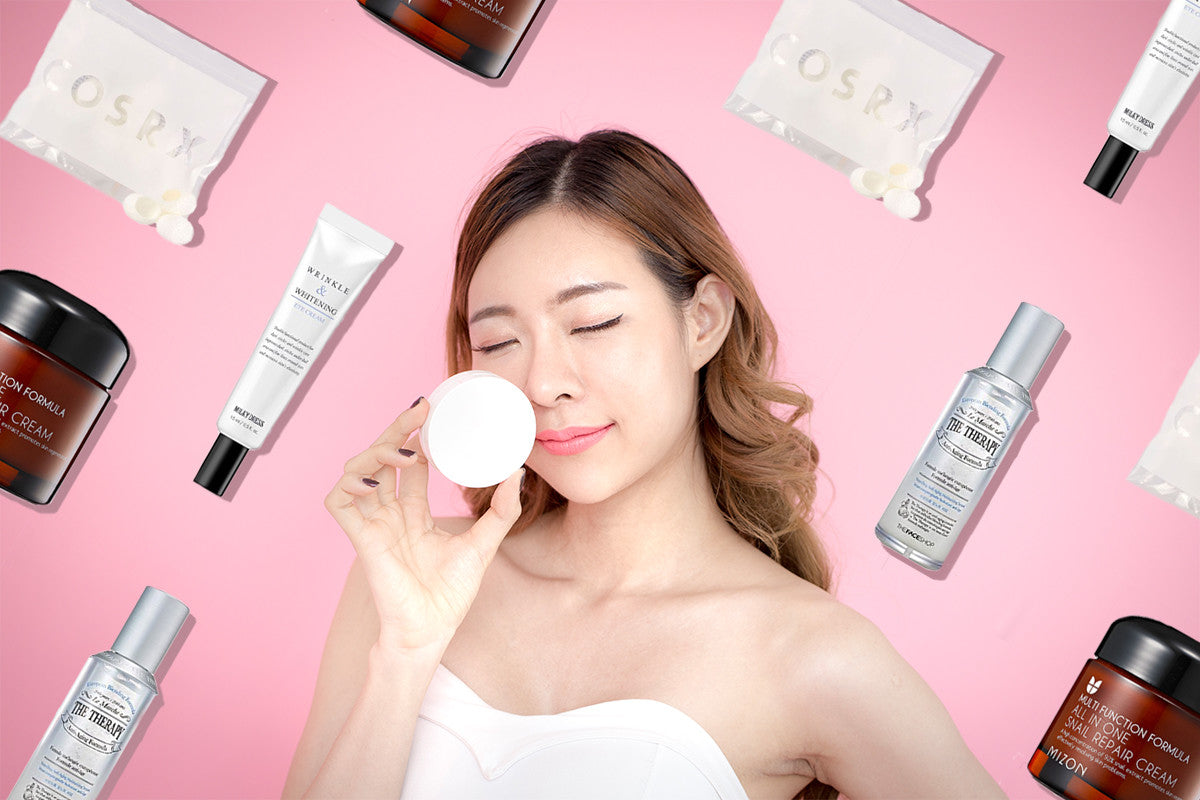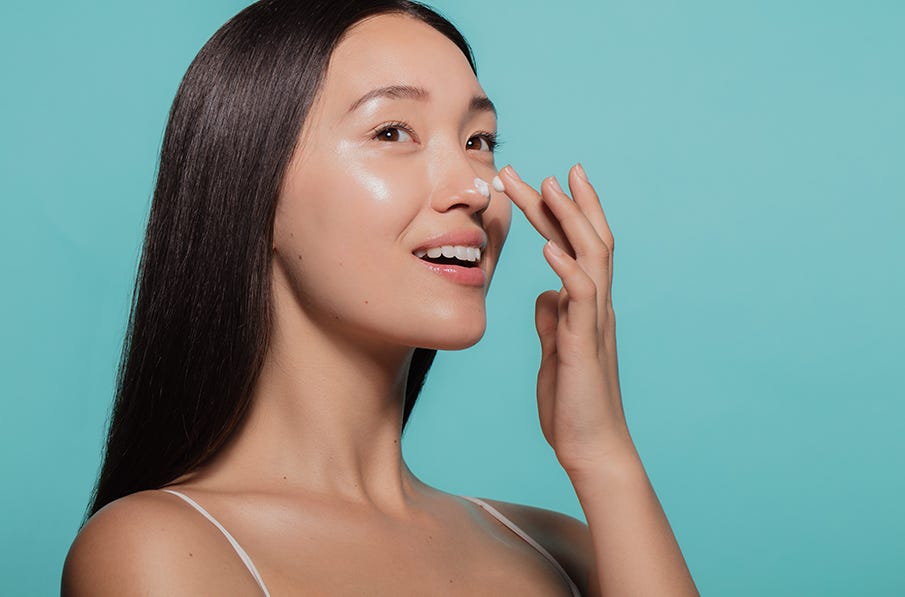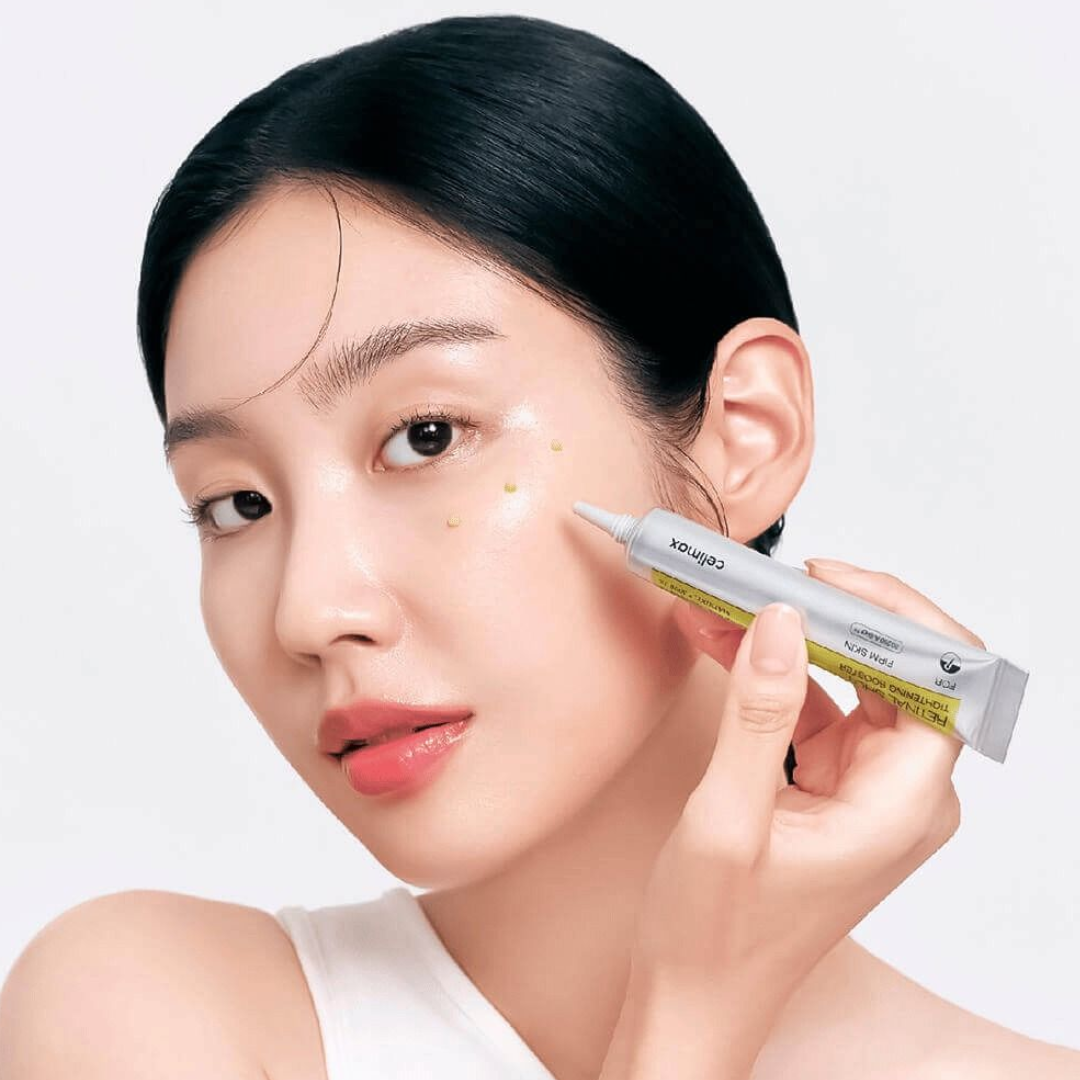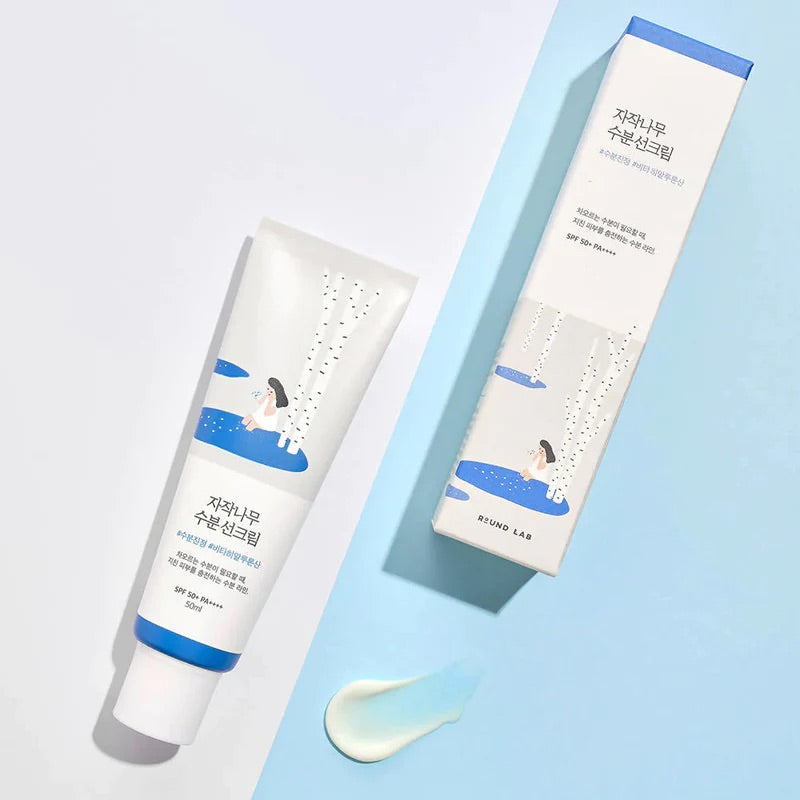What is Korean Beauty (K-beauty)?

In the age we live in now, we have access to any product from anywhere worldwide. Not just physical but virtually, we are experiencing how the world is unfolding right there on our mobile screens. TikTok and Facebook have brought the world to our doorsteps. While most of us love just watching them, many enthusiasts participate in these rituals and want to look their best while doing it. And why not? You need to look your best, not just for short social media photos, to the world too.
Korean beauty products are also within our access in the present times, but sometimes, their methods seem strange and unorthodox, which most of us may irk the first time we hear them. Why do Korean methods are like this? Have they always been this strange, or is there a different story behind all this in their history?
This article will investigate in detail what is the history of K-Beauty becoming so popular and some great routine tips for your skincare that you will surely love to try and maybe add to your beauty care routines.
Without further ado, let’s begin.
Korean Beauty History
It isn't easy to pinpoint where this all began, but we can start by discussing different eras in history and what routines we find from then to add.
Gojoseon Era – 2,333BCE to 108BCE
Using lard to prevent frostbite to the skin was a common practice that also softened the skin.
The 3 Kingdoms – 57BCE to 668
This era is the start of beauty skincare products and an inspiration for the modern skincare revolution. Skincare and makeup were very popular among men and women in the three kingdoms of Baekje, Goguryeo, and Shilla. Beauty wasn't the primary goal of looking healthy.
Most households made these concoctions in their homes enough for their use. They kept most products in earthenware as cheap to create and maintain, while more affluent folks would use porcelain or China.
One of the most popular styles was inspired by China, in which people had thin arched brows and kept their skin fair.
Unified Shilla – 668 to 935
The most prominent discovery of this era was the lead-based face powder made by a Buddhist monk in Japan, which was a significant breakthrough.
Goryeo Dynasty – 668 to 995
This era made much more strides for the beauty scene than in the three kingdoms era, namely cleansing soaps, oils, powders, eyebrow ink, and blushes.
Joseon Dynasty – 1392 to 1897
Confucianism had the most impact in this era leading to natural and modest looks in the society, making the application of makeup subtler emphasizing inner beauty. People gave more care to skin and body health.
20th Century
Industrialization and mass production phased out homemade products. The first mass-produced face powder is Bagabun; the Parks Powder in Korea became the best seller from 1916 till 1930. Korean beauty products truly flourished when they banned foreign products in 1961.
Modern K-Beauty
In modern times, k-beauty products are counted among the top 10 markets worldwide and encompass most products like cleansers, moisturizers, and full skincare routines. These beauty products give a luxurious experience, not just a simple application.
Most modern products combine ancient thought processes of combining different routines with current skincare knowledge. The beauty routine has 10 steps for the best skincare and healthy skin. Let’s discuss these fantastic steps in the next section.
10 Step Skin Care Routine
The popularity in the west of K-beauty products is not just because it is cheap; it is more so because of the combined experience you get from a combination of products, making it a more luxury experience at that price. Western beauty products are more expensive and tend to charge you for individual products than a set of them, leaning more towards consumerism.
This has sparked a shift in western beauty products to keep up with Korean beauty products, which is a good thing. Regular users have more options to choose from and enjoy the experience while keeping their skin health to higher standards.
Most k-beauty products revolve around the 10 steps to best skincare; it is a way to educate yourself on which method and product to use when or which ones to use more often and which ones to use when needed.
First of all, before going into details, let's list the 10 steps here and their grouping to understand how they stack in Cleansing, Preparing, Nourishing, and Protecting your precious skin.
A. Cleanse
1. Cleansing Oils
2. Water Cleansing
3. Exfoliant
B. Prepare
4. Toner
C. Nourish
5. Essence
6. Treatments
7. Face Masks
8. Eye Treatment
D. Protect
9. Moisturizer treatment
10. Sun Cream Protection
1. Cleansing oil
When we talk about cleansing oil, it includes makeup removers and oil cleansers as a combination. Cleansers will be the basis of all Korean health care routines. You need to clean your skin before going to the makeup route or taking the skincare route, and the first step for a double cleanse.
Cleansing is a relaxing process that helps your skin remove makeup or oil from your pores. This oil can also be from different products you use. You gently massage your skin with these cleansers for the best effects.
If your skin responds purely to cleansing oils, you can skip this step as it is not recommended for sensitive skins.
Purpose – Helps in breaking down oil-based debris, including makeup and sunscreen.
Method – Gently message early in the morning or before going to sleep. Use lukewarm water for a soft touch and the best results. Lukewarm water is the best emulsifier. Clean your face by rinsing when you are done.
Best Ingredients – Jojoba, grapeseed, and macadamia oils.
2. Water cleanser
The cleansing oil is the first step to follow up with water-based cleansers for a double cleanse. It is recommended to cleanse twice here to remove most impurities to avoid breakouts.
Water-based cleansing is required to clean and dissolve those impurities that aren’t cleansed by oil-based cleansing, such as dirt and sweat.
We recommend you skip water or foam-based cleansing if your skin is too dry, and you can make do with oil-based cleansing.
Purpose – Removal of impurities such as dust and sweat.
Method – You can apply any water cleanser to your face and neck but make sure that they are damp for the ease of application. Remember to caress your skin in the round-motioned application. You can rinse off the cleanser with lukewarm water after you are finished.
Best Ingredients – Rice and pearl extracts, green tea.
3. Exfoliant
Exfoliants are designed to remove dead cells that have made home the surface of your skin. This process and products help clean your pores, making them visibly brighter plus giving you softer skin. Physical and chemical exfoliation is best as a combination and eventually helps your skin absorb other products to function better.
This method is not suitable for sensitive skins prone to regular and active breakouts or open skins.
Purpose – To clean dead skin cells from your surface pores.
Method – By focusing on your pores, especially your nose and other visible pores, you can gently exfoliate 1 to 2 times a week for best results.
Best Ingredients – Black sugar, salicylic, and lactic acid.
4. Toner
Toner comes in the prep category, which is used after you have cleansed your skin and helps you to remove any residue left from your first three steps of the beauty routine. They also help prepare your skin to absorb the other nourishing and protection steps. Not only that, but they also act as soft barriers to protect your skin until you do other treatments on it.
A sponge can be the best example here. A sponge will best act when completely dry to absorb what you need, like your skin. If the sponge is already moist, anything new added won’t have the best efficient effect.
This step can be foregone if you are with a tight budget or don't have time to do it.
Purpose – Helps in balancing moisture and pH levels of your skin.
Method – You can use your hands to pat gently into your skin if you don’t have a handy pad available, but we recommend using a cotton pad that you can apply toner with by swiping across your face.
Best Ingredients – Citric acid, licorice, aloe.
5. Essence
Essence combines ingredients that have a mix of not just anti-aging and hydrating ingredients, but it also includes special complexion-enhancing ingredients that are pretty lightweight and help your skin cells stay hydrated.
Same as above, skip this if on a limited budget and time.
Purpose – Helps in turning your cells and keeps them hydrated.
Method – You can lightly pat them on your face and neck. Sprinkling a little on your hand before the application is enough.
Best Ingredients – Birch juice, rice extract, yeast, and hyaluronic acid.
6. Treatments
Methods to help treat problems and embellishes on your skin like acne, fine lines, and even some hyperpigmentation. This method is further enhanced by adding some serums that act as boosters. These are the perfectors for your ultimate skin goals. They include strong ingredients that act quickly but safely to target your skin faults and work efficiently.
Purpose – Focus on treating the problem areas.
Method – focus on problematic areas by gently tapping on them using different treatment creams.
Best Ingredients – Vitamin C, soybeans, and tea tree.
7. Face mask
Face masks such as sheets, sleeping, peel off, and wash off masks are the soul of Koren Beauty's skincare routine if essences are the heart of it. Different types of sheet masks protect from dust and other elements while helping absorb completely the nutrients that came along with the mask during the duration the mask is kept applied. Another great function of all the face masks is the meditative nature during lying down and relaxing regimen.
Purpose – Help give concentrated essence to your skin and infuse it with them.
Method – Apply the mask until it smoothened on your skin. Lay back and relax for around 15-20 minutes. After 20 minutes, pat any excess essence left in the sheet and take off for cleaning and washing.
Best Ingredients – Cucumber, rose, and green tea.
8. Eyecare
Eye creams are best for your eye care as they help them heal the soft skin under your eyes. Dark circles, puffiness, and crow's feet are the most common problems if you don't regularly care for your eyes. These creams are a mix of concentrated ingredients that are non-toxic and gentle to apply to your eyes.
This is the last step in the nourishing category. The following steps concern skin protection from the elements rather than skincare and nourishment.
Purpose – Hydrates the skin area under your eyes to remove puffiness but especially dark circles.
Method – You can use your small pinkie finger as there isn’t much space for larger fingers to apply correctly. Don't rub and don't apply near the waterline so as not to feel irritation.
Best Ingredients – Honey, ginseng, and lily.
9. Moisturizer
These help to moisturize the skin by sealing in moisture and come in many forms or names. Some moisturizers are called lotions, gels, cream, sleeping masks, and emulsion. They help smooth skin lines and plump up by sealing the moisture for the best radiant look.
Purpose – Plumping and smoothening skin by sealing in moisture.
Method – Use them anytime suitable, especially in the morning, by patting your face and neck.
Best Ingredients – Bamboo, green tea, hyaluronic acid, snail mucin, and Centella Asiatica or cica.
10. Sunscreen
Using sunscreen is typically applied when going outside. Still, modern sunscreens can be applied once early in the morning before going out and kept on even when you are in the office most of the day—one of the significant ways to prevent premature aging is to control your premature aging skin. Sunscreens also help prevent skin cancer. When following the 10 skin beauty care methods, apply this last, so other products are already absorbed before applying sunscreen.
Purpose – Helps skin protection against UV rays.
Method – The last step in the skincare routine, gently tap on your face and neck for application. You can constantly reapply during the day if needed.
Best Ingredients – Zinc oxide and Titanium dioxide.



